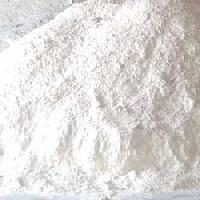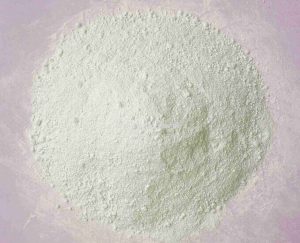- Alumina
- Boron Nitride
- Zirconia
- Other Ceramics
- Applications
- Contact

Ceramic powder processing consists of powder production by milling/grinding, followed by fabrication of green product, which is then consolidated to obtain the final product.

A powder is a collection of fine particles. Synthesis of powder involves getting it ready for shaping by crushing, grinding, separating impurities, blending different powders, drying to form soft agglomerates. Different techniques such as compaction, tape casting, slip casting, injection molding and extrusion are then used to convert processed powders into a desired shape to form what is known as green ceramic. The green ceramic is then consolidated further using a high-temperature treatment known as sintering or firing.
As-mined raw materials are put through a milling or grinding operation in which particle size is reduced to and physically ‘liberate’ the minerals of interest from the rest of the ‘gangue’ material. Wet milling is much more common with ceramic materials than with metals. The combination of dry powders with a dispersant such as water is called slurry. Ball- and vibratory- milling is employed to further reduce the size of minerals and to blend different powders.

Ceramic powders prepared are shaped using number of techniques, such as casting, compaction, extrusion/hydro-plastic forming, injection molding. Tape casting, also known as doctor blade process, is used for the production of thin ceramic tapes.
Slip casting is another casting technique widely used. This technique uses aqueous slurry, also known as slip, of ceramic powder. The slip is poured into a plaster of Paris (CaSO4:2H2O) mold. As the water from slurry begins to move out by capillary action, a thick mass builds along the mold wall. When sufficient product thickness is built, the rest of the slurry is poured out (drain casting). It is also possible to continue to pour more slurry in to form a solid piece (solid casting).
For more information, please visit http://www.samaterials.com/152-ceramic-material
Tags: Ceramic powders, Slip casting, Tape casting